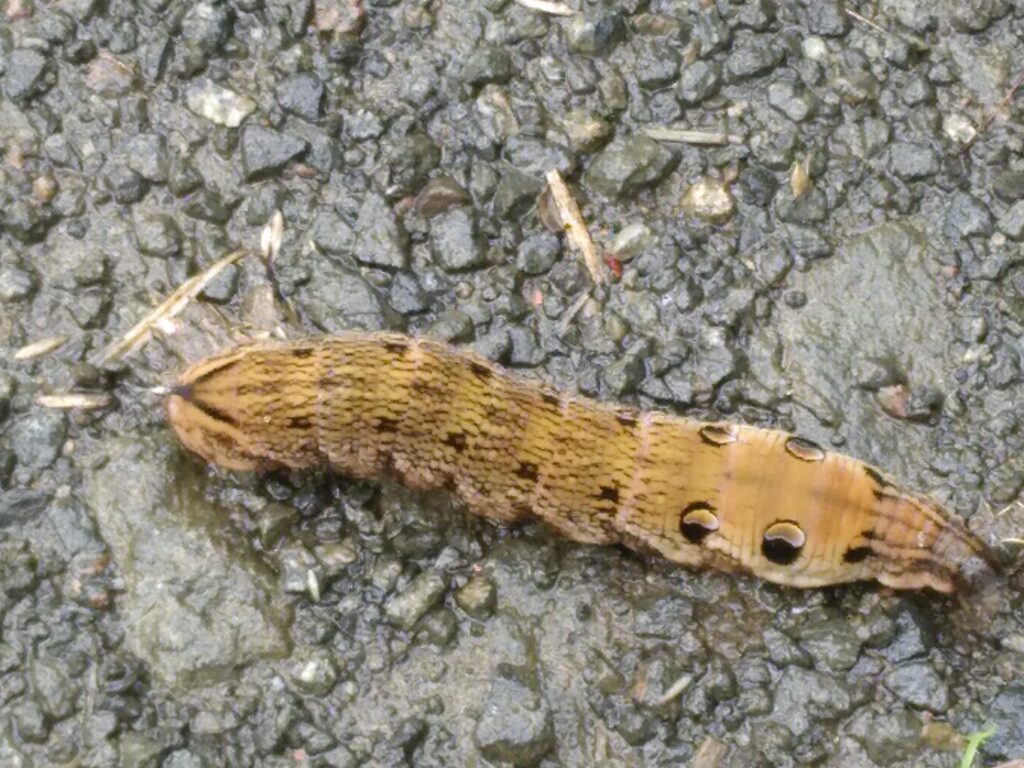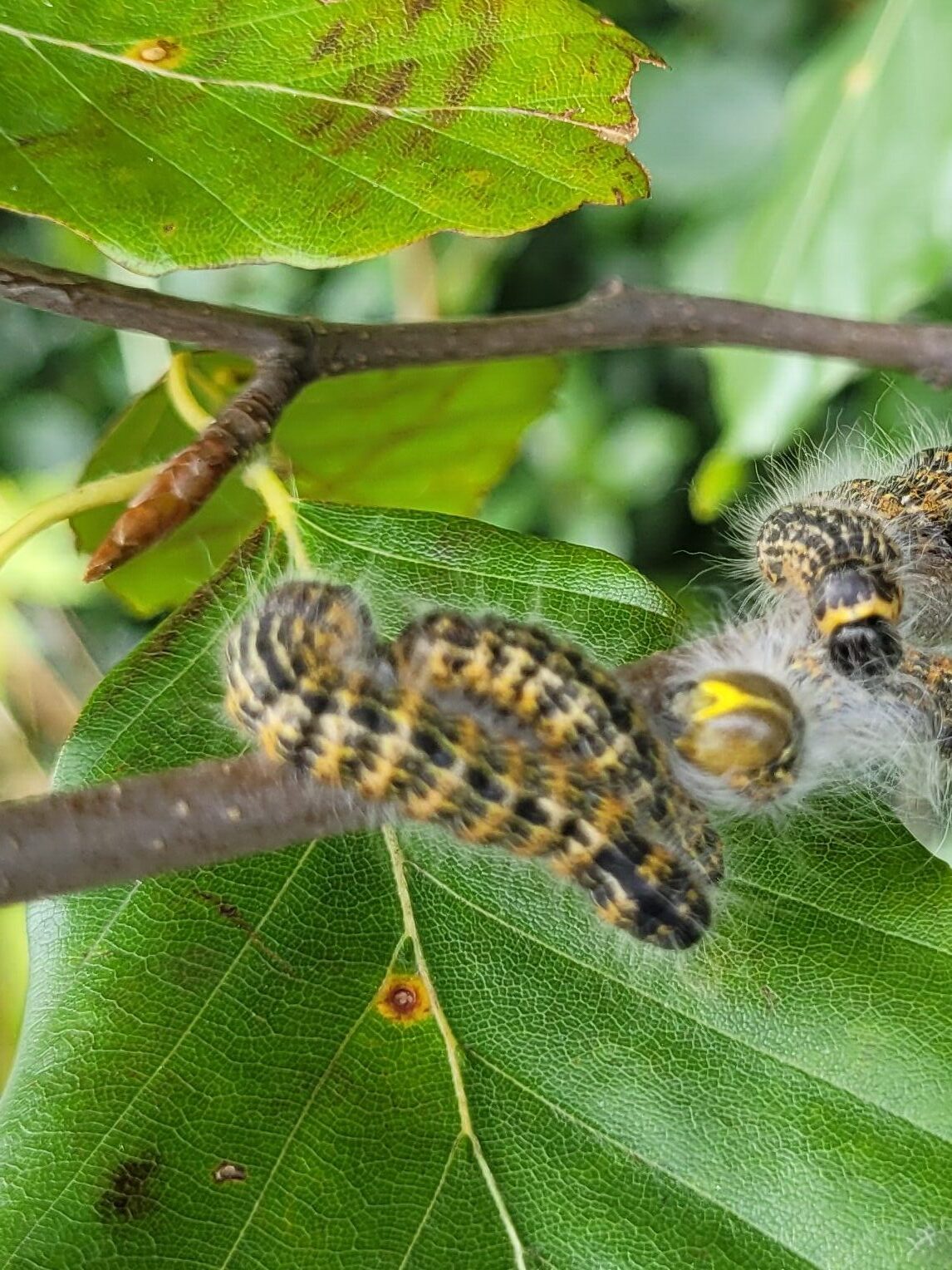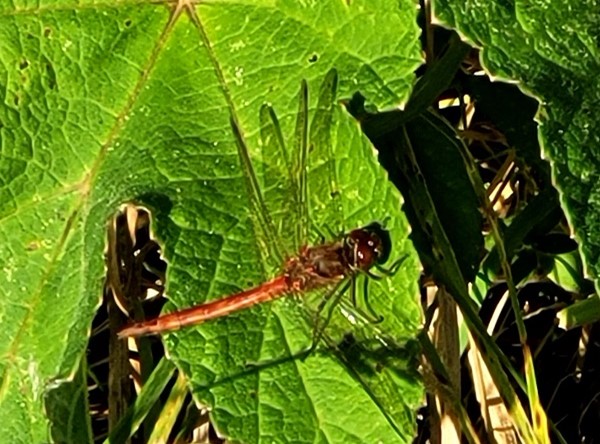This year was a bumper year for butterflies and moths with a noticeable abundance of them in the woods! The first to be seen were the orange tipped butterflies, a sure sign of spring. The common white butterflies that we see are the large white, small white and green veined white butterflies. All of them were out in large numbers all through the summer.

There were several of the more showy colourful species in the woods. We’ve seen peacock, small tortoiseshell and comma butterflies, all of them striking and a delight to see. You’ll notice them throughout the woods in the sunniest spots, but they especially like to feed on knapweed, common hogweed and thistles. The meadow brown and ringlet butterflies are more muted in colour but lovely to watch nonetheless. They enjoy the woodland edge and long meadow grasses habitat in the woods.
Close to the woods at Mossend in West Calder, the small skipper butterfly was recorded this year. This moth-like orange butterfly has been gradually expanding its range northwards so we may see them at Easter Breich Wood next year too!

The star of the show though was the red admiral, which the woods had in large numbers. It wasn’t only us noticing them with the Butterfly Conservation’s Big Butterfly Count recording a 400% increase in their numbers. Red admirals are a migratory species with these astonishing creatures flying from North Africa and South Europe to spend the summer breeding here. At Easter Breich Wood there are plenty of nettles around, giving them the perfect habitat on which to lay their eggs and for their caterpillars to feed. We were still seeing red admirals in mid-October when six of them were spotted feeding on the juices of rose-hips. At some unknown point they then left, leaving the woods to fly to warmer places!

The day flying moths are a little less noticeable. Much smaller than butterflies but no less important. We have an abundance of pale straw pearl moths in the woods. The shaded broad bar moth is also fairly common here along with the orange-spot piercer. You’ll find them often resting on the plants at the side of the paths. If you see a moth flying during the day its likely one of these species. Another nice moth to see is the latticed heath which can look quite butterfly-like. We’ve also seen the lovely pinky/brown angle shades moth resting on a leaf during a maintenance day, and the silver ground carpet moth which certainly invokes memories of patterned carpets, thoroughly deserving its name!

A clutch of several caterpillars of the buff-tip moth were seen, busy on the branch of a roadside beech tree. The adults of this species have a great disguise where they look like the twigs of a birch tree. An elephant hawkmoth caterpillar was also seen making its way along the woodland path. Both of these are night flying moths and it does make you wonder what others are flying around at night in Easter Breich Wood.

If you’ve seen any other species of butterflies or moths in the woodlands get in touch and let us know, we’d love to hear from you!
